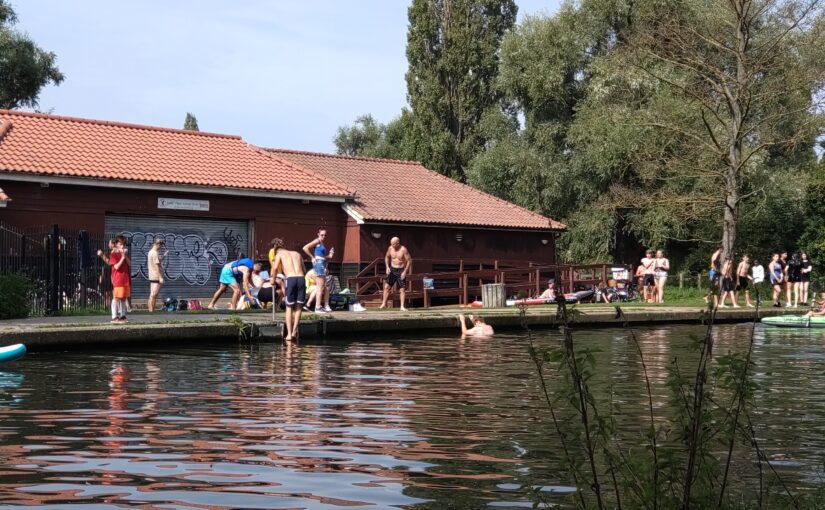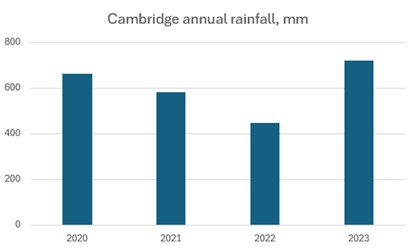Cam Valley Forum features strongly in parliamentary debate about the proposed bathing water reforms
On Friday 28 Feb, we contacted our local MPs Daniel Zeichner MP (Cambridge, Labour) and Pippa Heylings MP (South Cambs, Lib Dem), saying:
We (Cam Valley Forum) have just been notified that Gideon Amos MP (Liberal Democrat MP for Taunton and Wellington) is leading a Westminster Hall debate on Bathing Water Regulations. The debate is on Tuesday 4 March at 4:30pm. I do hope you will be able to attend, and to speak on behalf of your Cambridge constituents and the protection of rivers such as the Cam.
Many of the proposed changes are to be welcomed, for example the suggestion that “a wider range of water users should be considered beyond just swimmers….. such as rowing, surfing, kayaking and paddleboarding amongst others” This is welcome. We hope you can make sure this includes any recreational users that are likely to be immersed in the river water at times (including punters!)

However we are concerned about the section of the proposal that would add in a precondition that a site has to have the potential to be improved to “sufficient” in order to be able to apply. This would have made it impossible for us to have applied for designation for the River Cam at Sheep’s Green. Please suggest that this criterion is removed, and that the “de-designation” route is used instead to avoid disproportionate expenditure.
The wording says:
“OEP Recommendation 5 (include a pre-identification step in designating new bathing waters) is in line with government’s Core Reform 2. In the consultation, we sought views on the proposed reform to the Regulations so that the feasibility of being able to improve a site to at least ‘sufficient’ standard (on cost and deliverability grounds) would become a criterion. Where necessary, this will be considered before a decision is made whether to designate the site as a new bathing water.”
We disagreed with this requirement for the following reasons:
- This negates the purpose of Bathing Water Designation as a way to force the improvement of water quality in places with lots of recreational use
- How could this ever be demonstrated by an applicant such as Cam Valley Forum? One doesn’t know if it’s feasible, and at what cost, until the completion of the apportionment study (for which Anglian Water budgeted £500K), but without designation and a “poor” rating, there’s no apportionment study.
- And what costs would be deemed to make it “feasible” to improve water quality to “sufficient” level?.… It just adds another layer of uncertainty.
- The de-designation route offers a better way to avoid disproportionate expenditure. After 5 years there will be much better understanding of the local causes of poor water quality, and “quick win” improvements will have been done, so it will then be possible to make an informed judgment about the feasibility of achieving “sufficient” status
We had prompt responses from both MPs
Daniel Zeichner MP said “I’m afraid ministers don’t get to speak in Westminster Hall debates unless replying, but will pass comments on to my colleague“
Pippa Heylings MP’s researcher contacted us to clarify a few details, and she then spoke well at the debate (see the Hansard transcript here, at about 4:45) You can watch the debate here…
Concerns about this “catch 22” precondition (referred to as “core reform 2) got a lot of support from other MPs, and Gideon Amos summed it up well in his closing speech. He said “I urge the Minister to think carefully about introducing this very different criterion and moving away from places where people actually swim towards places where the industry think that they can afford to make the water quality better. That is the wrong criterion. The right criterion is where people are already using the river”

























